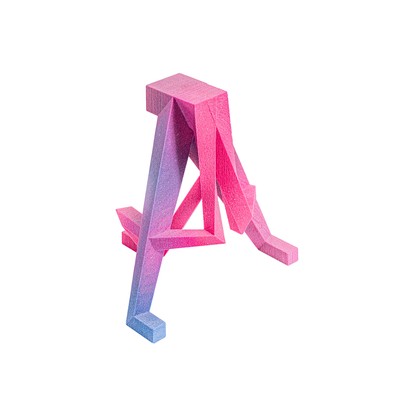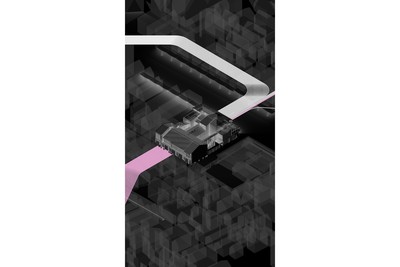Pannenhuis Station
Lucía Beatriz Decalf
/Mohamed Hamza El Graoui
/Elitsa Kostova Ilieva
/Matthieu Joseph Sistek
/Sébastien Wegmüller
Pannenhuis Station
Lucía Beatriz Decalf /
Mohamed Hamza El Graoui /
Elitsa Kostova Ilieva /
Matthieu Joseph Sistek /
Sébastien Wegmüller
The studio Baukunst at EPFL is conceived as an investigation into the archetypical elements of architecture in light of the challenges of our present age. By imbricating the contemporary and the fundamental a framework is set up in which a critical reflection on what architecture might be today can take shape. Research is envisaged as a project and the project is envisaged as research. Establishing a critical viewpoint is therefore regarded as the primary act of building an architectural proposal. Stemming from the overarching approach of Vitruvius’s Ten Books, the studio addresses a different theme each academic year. In the academic year 2021/22 the theme of Umwelt will be dealt with. This term designates a concept, originating in the early 20th century biology of von Uexküll, that abandons a unitary perceptual world in favor of many radically different environments, specific to those that perceive and act within them. Investigating the visible and invisible effects of built structures, architecture is understood as an inevitably hybrid part of networks of multifarious interdependencies, which exceed any attempt to grasp them in their totality yet exclude deliberate autonomy.
The second part of the studio will be devoted to the double of Infrastructure / Prototype. While the former term commonly denotes the material and non-material arrangements underlaying architecture, the latter describes an object from which a model derives, that in turn, prefigures subsequent objects. Perhaps infra-structure has never quite been below, but also in and above, transversally dominant and perhaps the proto-type has always merely been a retroactive abstraction of convention into form. Thus, the studio will be concerned with reinterpreting the remnants of these concepts in the remnants of infrastructural developments through the critical instrumentality of architectural objects. It will be concerned with harnessing architecture for the irrigation of territories with potential; constructing unnameable hybrids, crystallized into definitive form. This requests an understanding that negotiates a myriad of techno-logical frameworks, environmental effects and civic potentials. The studio claims that the two paradigms at play in said vestiges are topology and geometry. It will attempt to engage those two operating systems of architectural form, imbricating them in an attempt to reposition the relation of an architectural object to its Umwelt.













